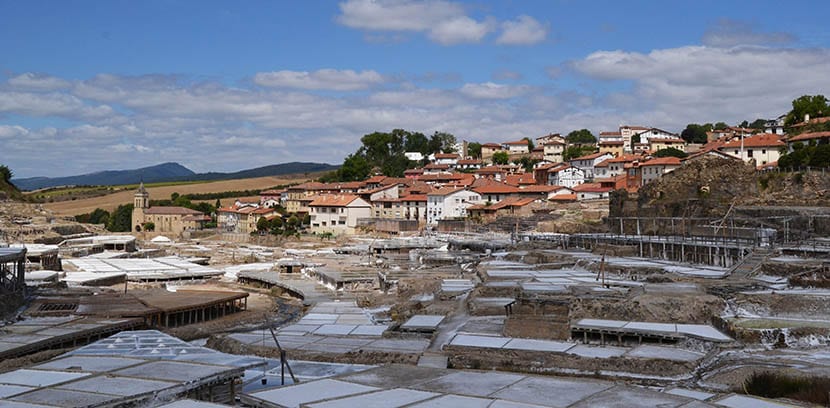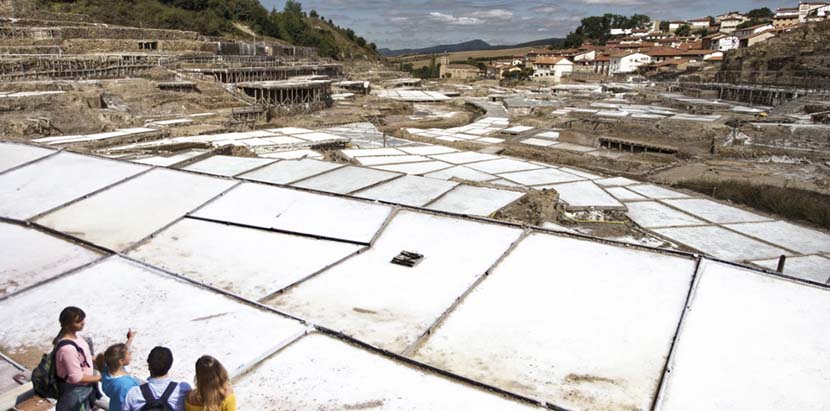
The salt flats are a real sight to behold and there are some that give us spectacular photographs. The good thing is that you don't have to travel a lot to find, here in Spain, one of them: the Salinas de Anana.
These salt flats are in the the Basque Country and today they receive many visitors since they are one of the most important architectural, environmental, archaeological, landscape and cultural complexes in the world.
Añana and its salt
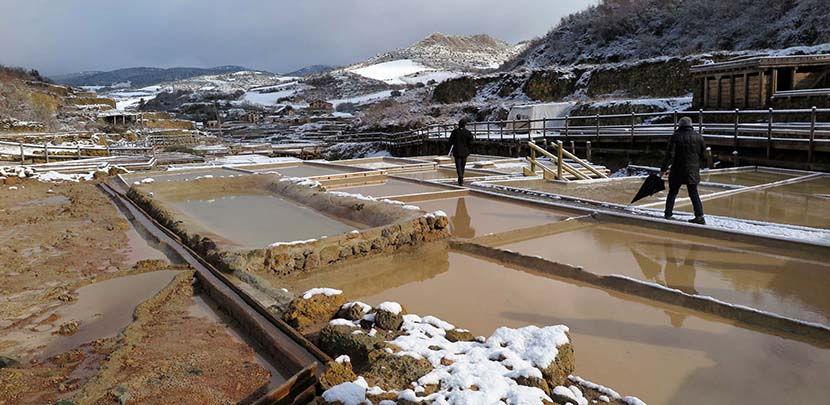
Añana is a municipality that is in the District of Cuadrilla de Añana in the province of Álava, within the Basque Country. It is a small municipality, made up of just two towns, Salinas de Añana and Atiega. The first is the capital and the largest number of people live here.
The population is old and Already by the XNUMXth century it was dedicated to the exploitation of the salt flatss natural of the locality. Then we have to talk about these interior salt flats that receive water from four springs in the surroundings that flow into the valley. The technique was simple: eras are dug into the earth, they are filled with water and left to dry in the sun until salt is obtained. At least since the XNUMXth, XNUMXth century, the saline was already being exploited and the exploitation was active for a long time, although today it no longer produces and only receives tourists.
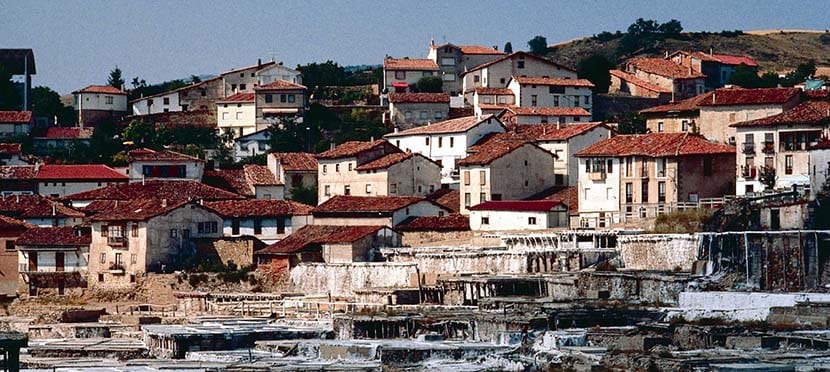
But where does the salt come from? Specialists say that it is produced by a geological phenomenon called diapir: ancient materials rise to the surface of the earth because they are not very dense, the rainwater falls on the diapir, passes through the layers of salt and this rises again in the form of brine. The springs around here bring three liters of water per second and each liter has a salinity of 250 grams. Much more than the Atlantic Ocean that only has 36 grams per liter but without reaching 360 grams of the Dead Sea.
With similar characteristics The Añana salt flats are extremely important for the country. At its best, the saline had five thousand evaporation platforms occupying an area of about 95 thousand square meters. After production began to fall, technology and transport were modernized and finally they were definitively abandoned in the XNUMXth century.
Tourism in the Salinas de Añana
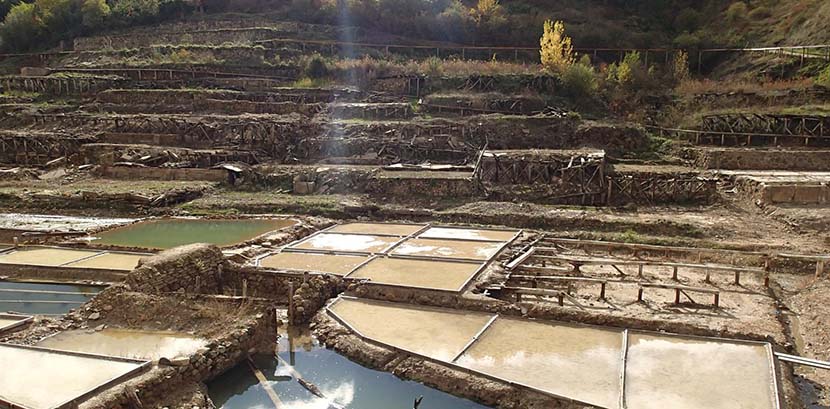
The Salt Valley It is 30 kilometers from Vitoria-Gasteiz and you can take a tour through the history of the exploitation of salt, one of the oldest industries in the world. It is enough to remember that salt used to be called "white gold" because of its scarcity and value, something that today is difficult to understand when it is one of the most abundant and cheapest products in stores. But that's how it was and although today the site has stopped producing at industrial levels, many say that the salt here is one of the best in the world.
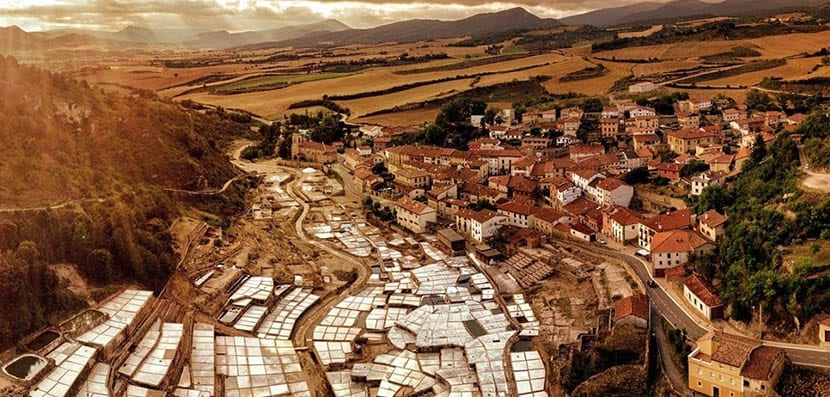
The salt of the Salad Valley is pure and comes from an old sea 200 million years ago. It is born from the natural evaporation of the brine that arises from the springs that are here and the people who work produces four types: mineral spring salt, Flor de Sal, Liquid salt and Chuzo. All of high quality and following traditional methods, in simple saline structures, with the clear intention that such ancient knowledge is not lost with modernity and the passage of time.
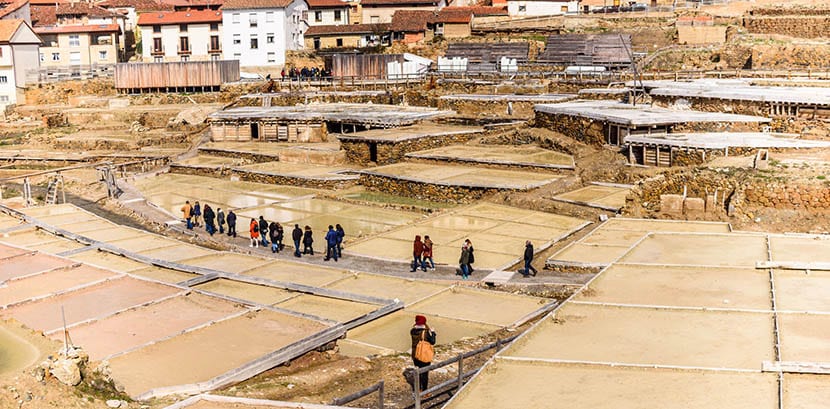
That's why there is a Valle Salado Foundation actively working to make the traditional exploitation of salt last in the XNUMXst century. Thus, it achieves that around 80 thousand visitors come to know the place every year, learning and enjoying a unique landscape. There are no private benefits here and every euro earned is invested in the recovery of the salt flats.
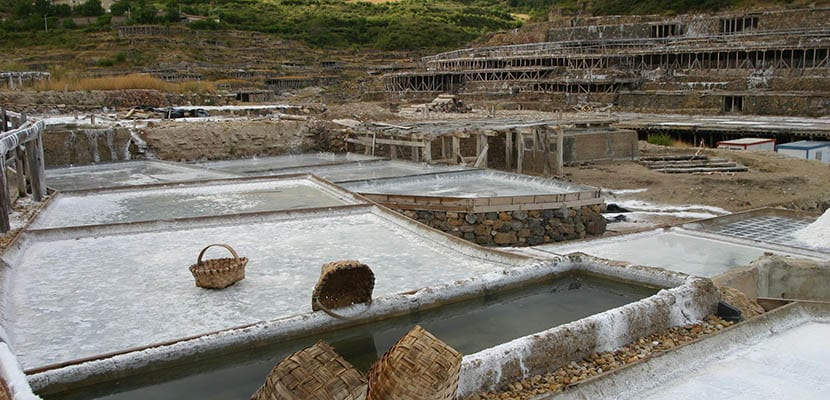
So, the Valle Salado de Añana Foundation offers guided tours which at this moment have a 25% discount, although the benefit is for a limited time. There is a visit to the salty valley, general visit to the valley and the salt production process that costs 8 euros per person; there is another visit to the springs and the cultural and natural landscape of its surroundings at 9 euros per person and one visit that combines the valley and a tasting of the different types of Añana salt that costs 9, 50 euros as well.
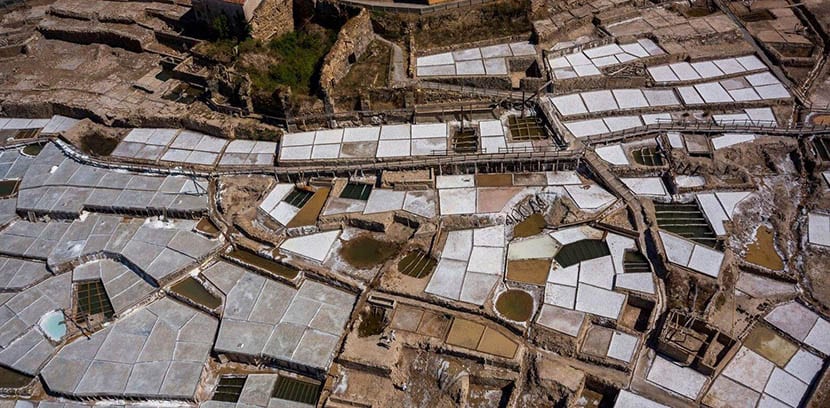
Finally, they also have the opportunity to visit a salt workshop and produce the salt yourself for 8 euros. All are very interesting visits and with an accessible price. They add up school visits at 30 euros per group, a saline spa to directly experience the benefits of brine, at only 2 euros and a visit adapted for people with disabilities for only 5 euros.
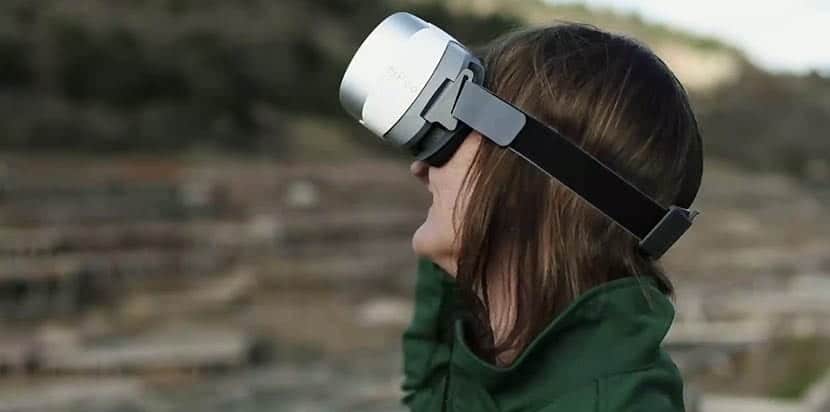
It should be noted that use of Virtual reality in the experience, as it provides a totally new and different point of view. The foundation offers special virtual reality viewers to enjoy a truly immersive, immersive and unique experience. With it the visitor is a drop of fresh water that walks through the interior of the earth and turns into brine. Seven millennia of history will pass before your eyes.
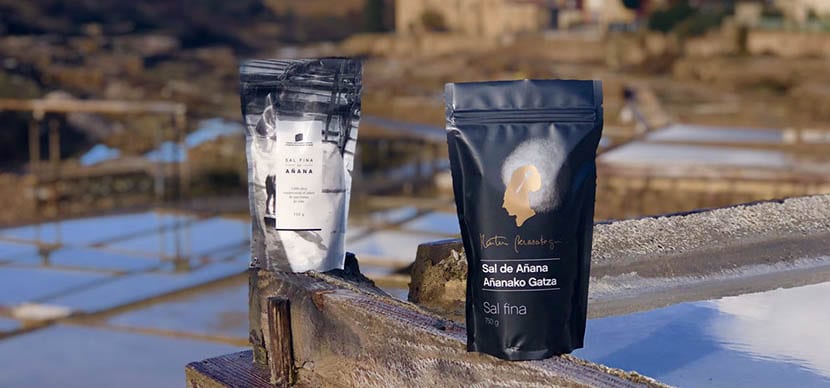
This virtual experience is 4K quality and it has the acting collaboration of Txema Blasco, representing a salinero, who guides the visitor in the project to recover the Valle Salado and within a saline exploitation. You can live this experience all year round:
- In high season, from 1/4 to 13/10 included, there are four sessions: 11:15, 12:45, 16:00 and 17:30.
- in low season there are two sessions: 11:15 and 12:45.
- lasts 30 minutes.
- It costs 4 euros.
- You must go 15 minutes before to the Valle Salado Visitor Center to make a reservation.
If the visit to the Salado Valley interests you, I also tell you that this July 13 will take place the Salt Fair, a party where more than a hundred salineros and salineras gather, representing the past, present and future of the salinas in theater. You will see people dressed as Roman, as men and women from Prehistory, medieval style and much more. The show lasts an hour and a half and all the salt structures, eras included, are specially illuminated creating a truly magical postcard.
Practical information:
- Visitors Center. Salt Valley of Añana. Calle Real, 32, Gesaltza Añana, Álava.
- reservations and contacts: reservas@vallesalado.com
- how to get there: from Bilbao, on the AP-68 motorway, exits 6 Pobes, Nanclares. From Vitoria / San Sebastián / Pamplona / Madrid, by the A-1, exit 340.
